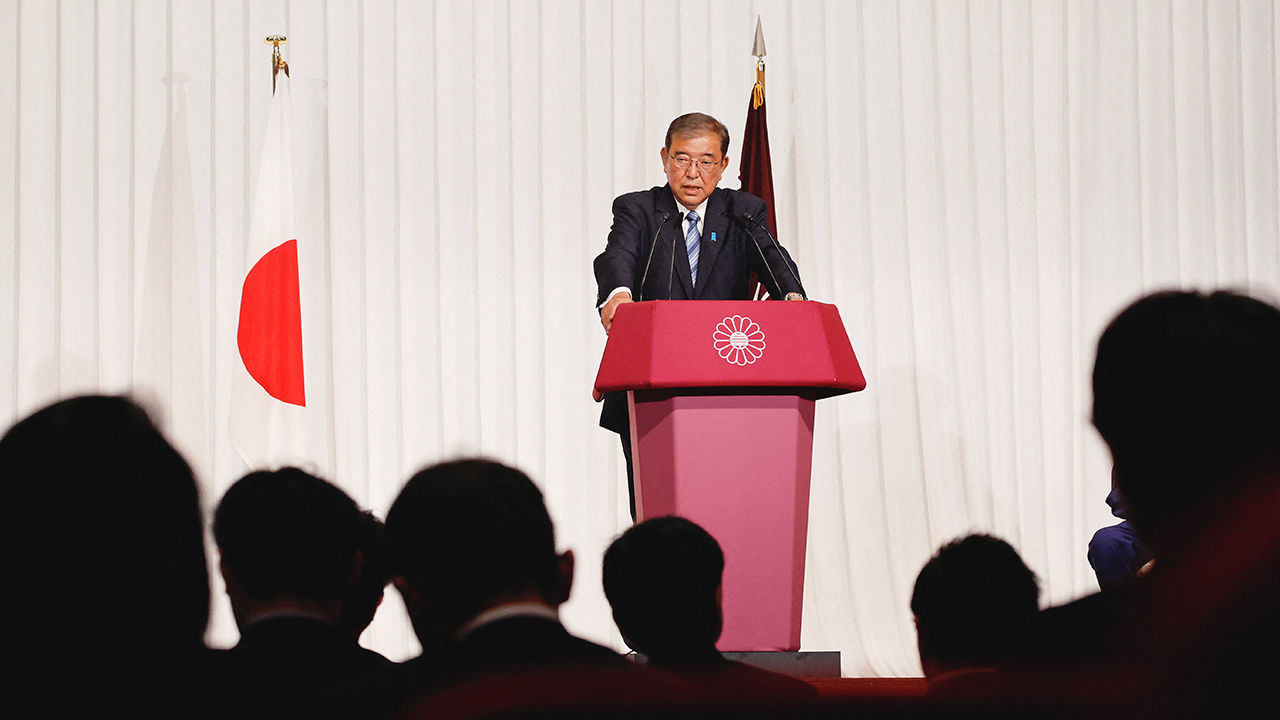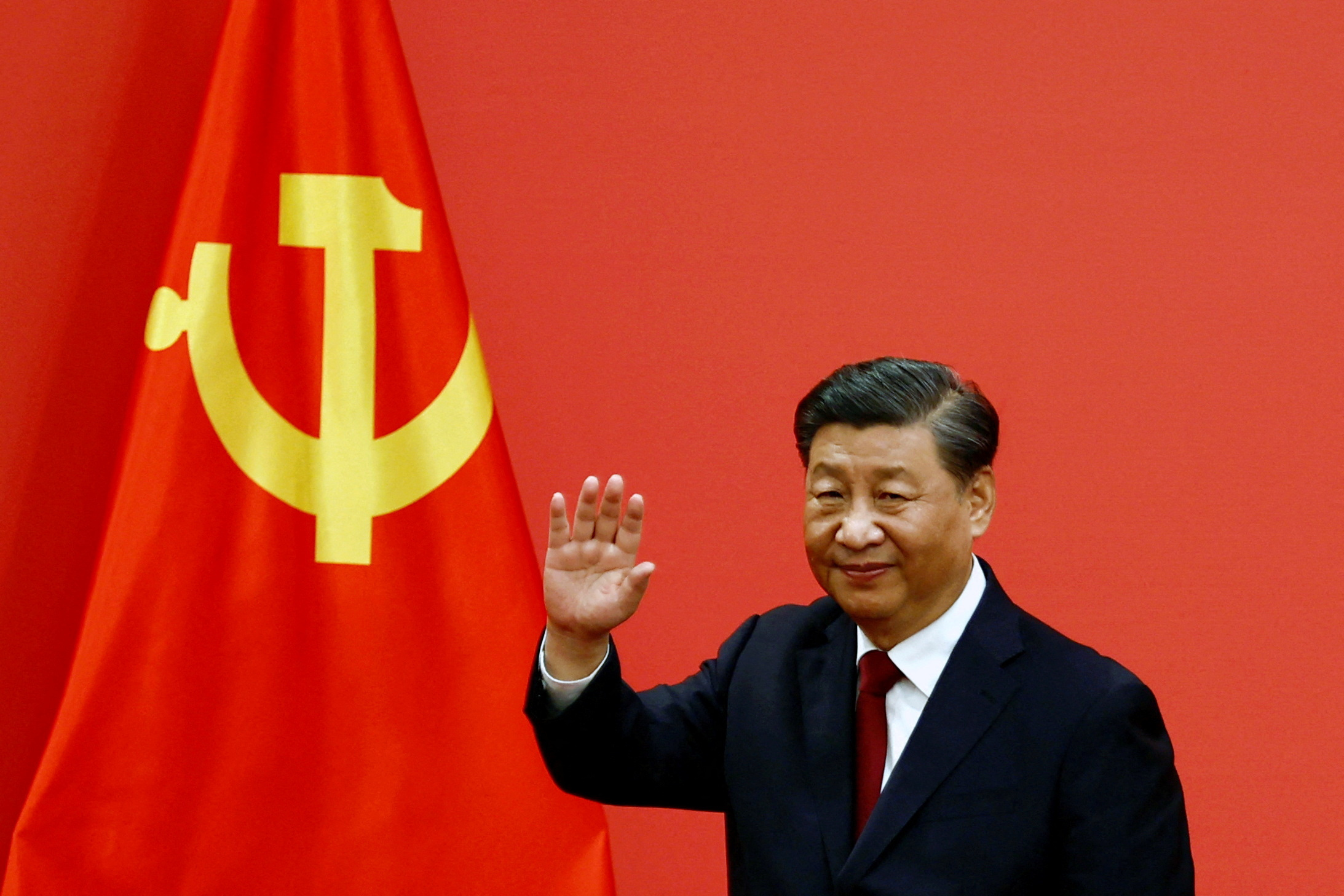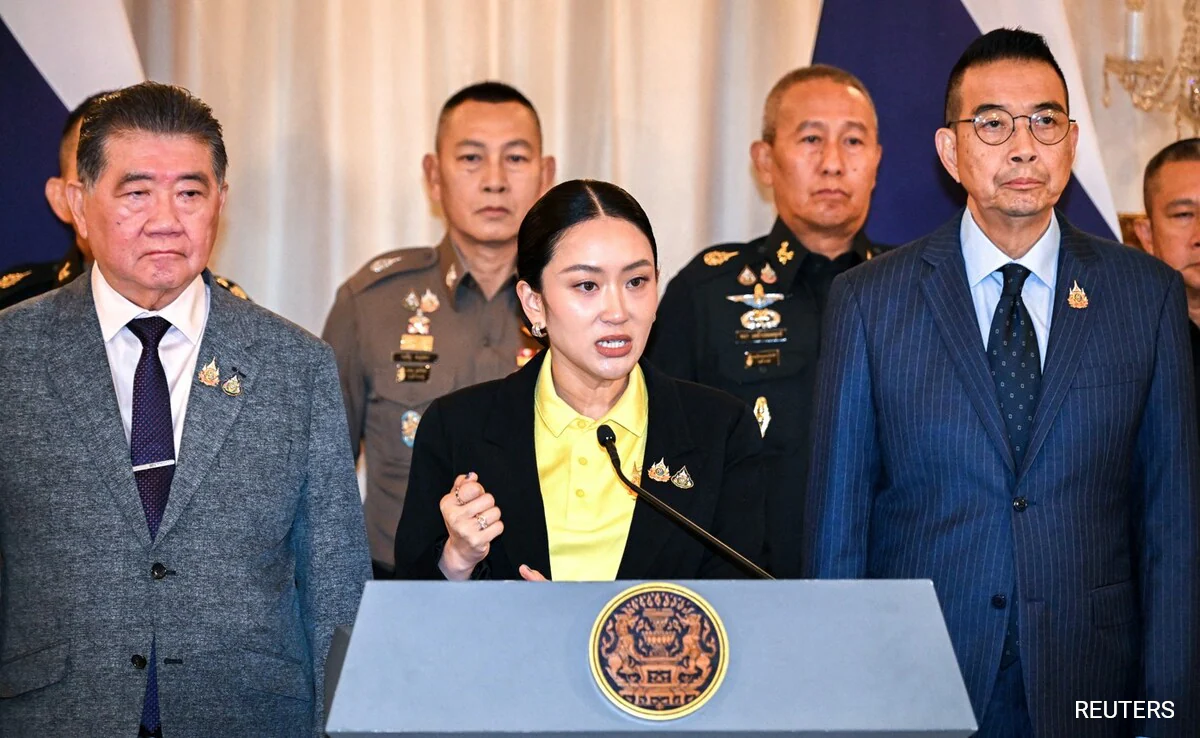Japan’s political landscape, long a bastion of stability under the Liberal Democratic Party (LDP), was rocked in July 2025 when voters delivered a historic defeat to the ruling coalition in the Upper House election. This seismic shift, fueled by public frustration over economic woes and political scandals, has plunged the nation into uncharted territory, raising questions about its future governance and global standing.
The LDP’s Fall from Grace
For nearly seven decades, the LDP has been the bedrock of Japanese politics, governing almost uninterrupted since 1955. But the July 2025 Upper House election marked a turning point, as the LDP and its coalition partner Komeito lost their majority, securing only 47 of the 125 contested seats, leaving them with 122 seats in the 248-seat chamber. This followed a similar loss in the Lower House in October 2024, stripping the LDP of control in both parliamentary chambers for the first time since its founding.
A Perfect Storm of Discontent
Voters’ anger stemmed from a potent mix of economic stagnation, soaring inflation, and political scandals. The price of rice, a staple in Japanese households, doubled over the past year, while the cost of living surged by 3.7% (excluding volatile items like fresh food and energy). A political funding scandal, involving millions in undocumented funds, further eroded public trust, with only 21% of Japanese adults regularly supporting the LDP, according to Pew Research.
Shigeru Ishiba’s Risky Gamble
Prime Minister Shigeru Ishiba, who assumed leadership in October 2024, called a snap election hoping to solidify his mandate. Instead, his decision backfired spectacularly. “I solemnly accept this harsh result,” Ishiba told NHK, acknowledging the public’s verdict. Yet, he vowed to stay on, citing critical tariff negotiations with the United States as a reason to remain in office.
Why Voters Turned Against the LDP
The LDP’s dominance has long been a hallmark of Japan’s political stability, but recent years have exposed cracks in its foundation. Let’s explore the key factors behind this unprecedented voter backlash.
Economic Woes Hit Hard
Japan’s economy, the world’s fourth largest, is grappling with challenges that hit voters’ wallets directly. Inflation, a shock after decades of deflation, has made everyday goods like eggs and rice unaffordable for many. For instance, Hiroshi Sugita, a 68-year-old real estate owner, switched his vote to the far-right Sanseito, citing the LDP’s inconsistent rice price policies. “Japan is not growing anymore,” he told The New York Times.
Scandals Tarnish the LDP’s Image
A political funding scandal, involving LDP lawmakers pocketing millions from fundraising events, has fueled perceptions of corruption. The party’s ties to the controversial Unification Church, labeled a “cult” by critics, further alienated voters. Ishiba’s attempts to distance the party from these scandals, including not endorsing tainted lawmakers, failed to restore public confidence.
A Generational Divide Emerges
Younger voters, frustrated by stagnant wages and an aging population’s strain on social security, turned to populist parties like Sanseito and the Democratic Party for the People (DPP). These parties capitalized on discontent with promises of tax cuts and nationalist policies, drawing support from working-age Japanese who feel the LDP prioritizes retirees.
The Rise of Populist Challengers
The election wasn’t just a loss for the LDP; it was a victory for anti-establishment parties that tapped into voter frustration. Two parties, in particular, emerged as significant players.
Sanseito’s Nationalist Surge
Sanseito, a far-right party founded in 2020 by Sohei Kamiya, shocked the political establishment by winning 14 seats, bringing its total to 15 in the Upper House. Its “Japanese First” platform, which warns of a “silent invasion” by foreigners, resonated with young conservatives. Despite Japan’s foreign population being just 3% of the total, Sanseito’s anti-immigration rhetoric struck a chord amid economic stress and overtourism concerns.
Democratic Party for the People’s Appeal
The DPP, a center-right party, quadrupled its seats to 22, appealing to younger voters with promises of tax cuts and higher take-home pay. Its focus on economic relief, like reducing the consumption tax, contrasted with the LDP’s fiscal restraint, making it a viable alternative for those seeking change without Sanseito’s extreme rhetoric.
Comparing the LDP and Its Challengers
| Party | Ideology | Seats Won (2025 Upper House) | Key Policies |
|---|---|---|---|
| LDP | Center-right | 39 | Fiscal restraint, trade negotiations |
| Sanseito | Far-right | 14 | Anti-immigration, nationalist |
| DPP | Center-right | 17 | Tax cuts, economic relief |
| CDPJ | Center-left | 22 | Social security, nuclear reduction |
Pros and Cons of the New Political Landscape
Pros:
- Increased Accountability: The LDP’s loss forces it to address voter concerns like corruption and inflation.
- Diverse Voices: New parties bring fresh perspectives, challenging the LDP’s long-standing monopoly.
- Youth Engagement: Higher voter turnout (58.5%) signals growing political awareness among younger generations.
Cons:
- Political Instability: A minority government risks gridlock, especially with a divided opposition.
- Policy Challenges: Populist promises like tax cuts may strain Japan’s debt-heavy economy.
- Global Impact: Uncertainty could weaken Japan’s position in critical U.S. tariff talks.
A Personal Reflection on Japan’s Political Shift
As someone who’s followed Japanese politics for years, I recall visiting Tokyo in 2019, marveling at its orderly streets and the quiet confidence of its people. Back then, the LDP seemed unshakeable, a monolith of stability. But walking through Tokyo’s crowded trains today, you can feel the tension—locals squeezed out by tourists, prices climbing, and a sense that the system isn’t working for everyone. A friend in Saitama told me, “We’re tired of the same promises. The LDP doesn’t get it.” That sentiment, echoed in the 2025 election results, feels like a wake-up call for a nation at a crossroads.
What This Means for Japan’s Future
The LDP’s loss doesn’t spell the end of its dominance, but it signals a shift. Historically, the party has adapted by co-opting rivals’ policies, like when it adopted economic reforms to counter opposition in the 1990s. Yet, with figures like Sanae Takaichi and Shinjiro Koizumi eyeing leadership, internal strife could weaken Ishiba further.
Navigating Political Uncertainty
Ishiba’s minority government faces a delicate balancing act. To pass legislation, the LDP may need to court smaller parties like the DPP, which has expressed openness to cooperation. However, ideological clashes, especially with the Japan Innovation Party, could stall progress.
Economic and Global Challenges
Japan faces a looming deadline for U.S. tariff negotiations by August 1, 2025. A weakened government could struggle to secure favorable terms, impacting exports. Domestically, addressing inflation and an aging population remains critical, with 29% of voters citing social security and declining birthrates as top concerns.
People Also Ask (PAA)
Why did the LDP lose its majority in 2025?
Voters punished the LDP for economic struggles, including high inflation and rising rice prices, compounded by a political funding scandal and ties to the Unification Church. Public frustration with these issues led to a historic loss in both parliamentary chambers.
Who is Shigeru Ishiba, and why is he under pressure?
Shigeru Ishiba, Japan’s Prime Minister since October 2024, called a snap election to strengthen his mandate but lost the LDP’s majority. Critics within and outside the party question his leadership amid economic and diplomatic challenges.
What is the Sanseito party in Japan?
Sanseito is a far-right party advocating a “Japanese First” agenda, focusing on anti-immigration policies and nationalist rhetoric. It gained 14 seats in the 2025 Upper House election, appealing to young conservatives frustrated with the LDP.
How will Japan’s political turmoil affect its economy?
The LDP’s weakened position could lead to legislative gridlock, complicating economic reforms and tariff negotiations with the U.S. This uncertainty may spook investors, with analysts predicting a potential stock market sell-off.
Where to Get More Information
For deeper insights into Japan’s political landscape, check reputable sources like:
- The Japan Times (www.japantimes.co.jp) for daily updates on elections and policy changes.
- NHK World (www.nhk.or.jp) for unbiased reporting on voter sentiment and economic trends.
- CSIS Japan Chair (www.csis.org) for expert analysis on Japan’s political and foreign policy challenges.
Best Tools for Staying Informed
To track Japan’s political developments, consider these tools:
- Google News: Aggregates real-time updates from trusted sources like The New York Times and Reuters.
- X Platform: Follow accounts like @japantimes or @Nihonpolitics for breaking news and commentary.
- Nikkei Asia: Offers in-depth economic and political analysis (subscription required).
FAQ
Q: Why are Japanese voters so frustrated with the LDP?
A: Voters are upset over rising living costs, particularly rice prices, and a political funding scandal involving millions in undocumented funds. The LDP’s ties to the Unification Church also damaged its reputation.
Q: Will Shigeru Ishiba resign after the election loss?
A: Ishiba has vowed to stay on to manage U.S. tariff talks and address economic issues, but analysts predict he faces pressure from within the LDP and potential no-confidence motions.
Q: How does Sanseito’s rise impact Japan’s immigration policies?
A: Sanseito’s anti-immigration stance, despite Japan’s small foreign population (3%), could push the government to tighten policies or introduce measures like differential pricing for tourists.
Q: Can the opposition form a government?
A: The opposition, led by the Constitutional Democratic Party (CDPJ), gained seats but lacks unity to form a coalition. Ideological differences make a CDPJ-led government unlikely.
Q: How will this affect Japan’s global standing?
A: Political instability could weaken Japan’s position in trade negotiations with the U.S. and its response to regional challenges, like China’s assertiveness, impacting its international influence.
A Nation at a Crossroads
Japan’s 2025 election has shattered the myth of LDP invincibility, exposing deep-seated frustrations with economic hardship and political scandals. As Ishiba navigates a minority government, the rise of populist parties like Sanseito and DPP signals a new era of voter engagement—and uncertainty. Whether this marks the end of the LDP’s dominance or a temporary stumble remains to be seen, but one thing is clear: Japan’s political landscape is no longer business as usual. For now, the world watches as this economic powerhouse grapples with its identity, its policies, and its future.



